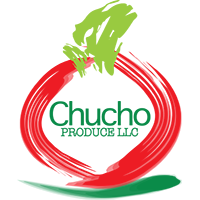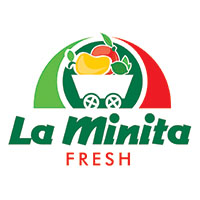How to Find Us?

Spinach
Spinach (Spinacia oleracea) is an edible flowering plant in the family of Amaranthaceae. It is native to central and southwestern Asia. It is an annual plant (rarely biennial), which grows to a height of up to 30 cm. Spinach may survive over winter in temperate regions. The leaves are alternate, simple, ovate to triangular-based, very variable in size from about 2–30 cm long and 1–15 cm broad, with larger leaves at the base of the plant and small leaves higher on the flowering stem. The flowers are inconspicuous, yellow-green, 3–4 mm diameter, maturing into a small, hard, dry, lumpy fruit cluster 5–10 mm across containing several seeds.
Spinach, raw
Nutritional value per 100 g (3.5 oz)
Energy 97 kJ (23 kcal)
Carbohydrates
3.6 g
Sugars 0.4 g
Dietary fiber 2.2 g
Fat
0.4 g
Protein
2.9 g
Vitamins
Vitamin A equiv.
beta-carotene
lutein zeaxanthin
(59%) 469 μg
(52%) 5626 μg
12198 μg
Vitamin A 9377 IU
Thiamine (B1) (7%) 0.078 mg
Riboflavin (B2) (16%) 0.189 mg
Niacin (B3) (5%) 0.724 mg
Vitamin B6 (15%) 0.195 mg
Folate (B9) (49%) 194 μg
Vitamin C (34%) 28 mg
Vitamin E (13%) 2 mg
Vitamin K (460%) 483 μg
Trace metals
Calcium (10%) 99 mg
Iron (21%) 2.71 mg
Magnesium (22%) 79 mg
Manganese (43%) 0.897 mg
Phosphorus (7%) 49 mg
Potassium (12%) 558 mg
Sodium (5%) 79 mg
Zinc (6%) 0.53 mg
Other constituents
Water 91.4 g
Units
μg = micrograms • mg = milligrams
IU = International units
Percentages are roughly approximated using US recommendations for adults.
SOURCE: USDA NUTRIENT DATABASE








